Ghosts and spirits have fascinated people across the world for centuries, with stories and sightings appearing in every culture. Some individuals describe these experiences as glimpses of the afterlife, while others look for psychological or scientific explanations. I find that understanding both spiritual beliefs and sceptical views helps build a rounded perspective on what might be behind so-called ‘ghost’ encounters.
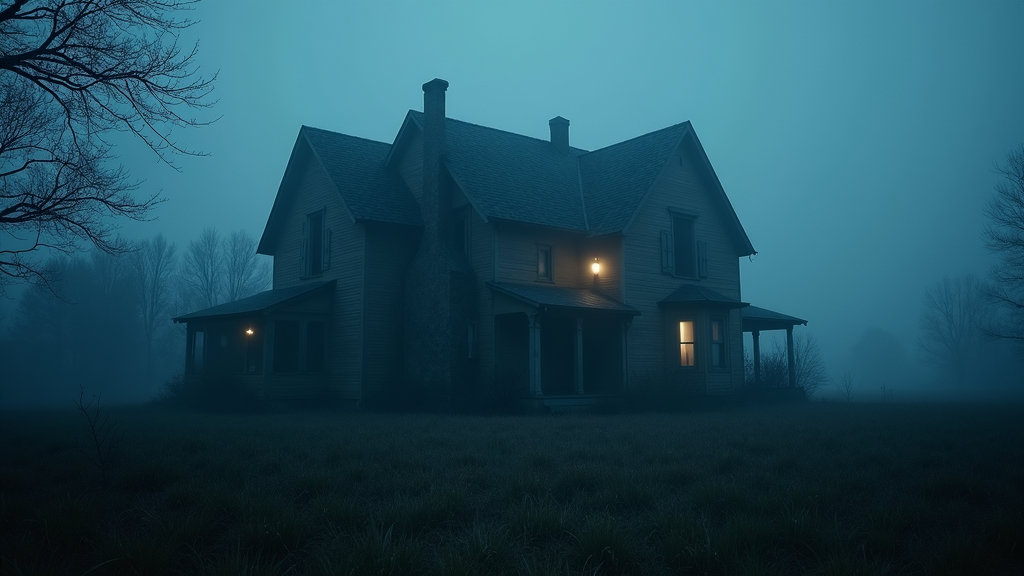
How people define ghosts and spirits
Many people use the terms “ghost” and “spirit” interchangeably, but some explanations draw a line between them. In a spiritual context, a ghost is usually described as the lingering presence or energy of a deceased person who has not fully moved on. A spirit, on the other hand, is often considered to be a soul that has crossed over to another realm, sometimes returning for guidance or reassurance, such as a spirit guide. These differences can shape how people interpret encounters, whether as unresolved business, messages from the beyond, or even friendly visits.
Those who believe in life after death often see ghosts and spirits as evidence that the soul continues after the body ceases to function. Many cultures have rituals and stories that mention spirits protecting family homes, guiding descendants, or warning of danger. Some people report seeing loved ones in dreams, feeling their presence, or noticing unexplained movements or sounds. The belief that the soul persists is especially strong in communities that hold annual festivals or ceremonies to honour the dead, such as Mexico’s Día de los Muertos or China’s Hungry Ghost Festival. These cultural traditions offer comfort and connection across generations by acknowledging the role of spirits in everyday life.
On this site, I have explained in other posts that I believe we all come from non-physical energy and return there after our death on Earth, so for me, it is not difficult to believe that there are more things to discover. In this article, we look at a few of the theories around to explain them.
The main theories behind ghost sightings
People approach ghost sightings from a handful of directions. I’m going to walk you through a few leading ideas that attempt to explain why these encounters happen.
Spiritual Continuity Theory
This theory holds that consciousness survives beyond physical death. Encounters with ghosts and spirits, in this view, are direct messages from loved ones or evidence that the soul carries on. Many who claim to have witnessed ghosts find comfort in this idea, especially when messages seem personal or protective. For example, the British writer Sir Arthur Conan Doyle, known for creating Sherlock Holmes, was convinced by personal experiences that his deceased son communicated with him through mediums.
Residual Energy Theory
This idea suggests that ghosts are not conscious beings, but rather energy ‘impressions’. When a person experiences extreme emotion or trauma, that energy might replay in a specific location, like a holographic recording – (think Princess Leia’s message in Star Wars.) Famous sites, such as the Tower of London, are often associated with ghosts who reportedly repeat specific actions from history, hinting at this type of haunting.
Psychological Theory
Some researchers explain ghost sightings as products of the mind. Feelings of grief, stress, or even high suggestion can trigger vivid sensory experiences or hallucinations, especially in places with eerie atmospheres. The idea is that the brain sometimes fills in gaps or creates familiar faces under stress, which might be why many see or feel loved ones who have passed away. A recent study by Dr. Christopher French found that people who expected to experience something paranormal in haunted settings were more likely to perceive something, even in controlled environments.
Environmental Theory
There is research suggesting that electromagnetic fields, low-frequency noise (known as infrasound), or mold exposure may affect the brain, making people feel uneasy or cause them to see or hear things that aren’t there. For instance, a study by Dr. Vic Tandy in the 1990s linked certain haunting experiences to infrasound in old buildings, giving a practical reason for some ghostly encounters. Additionally, high carbon monoxide levels have, in rare historical cases, caused entire families to report hauntings, only for a gas leak to later be found.

Popular real-life ghost stories and investigations
Some reported encounters have been so persistent or widely discussed that they’ve sparked investigations and even become the centre of folklore. Here are a couple of examples that get mentioned often in books and research:
Borley Rectory, England
Often called the ‘most haunted house in England’, Borley Rectory was the site of reports of ghostly nuns, strange noises, and messages scrawled on walls. Scholarly interest and newspaper coverage in the early 20th century made it a well-known case. While some investigators, like psychic researcher Harry Price, believed there was genuine paranormal activity, later findings suggested many incidents might have been exaggerated or fabricated. Still, the legend endures and continues to draw visitors and amateur ghost hunters from around the world.
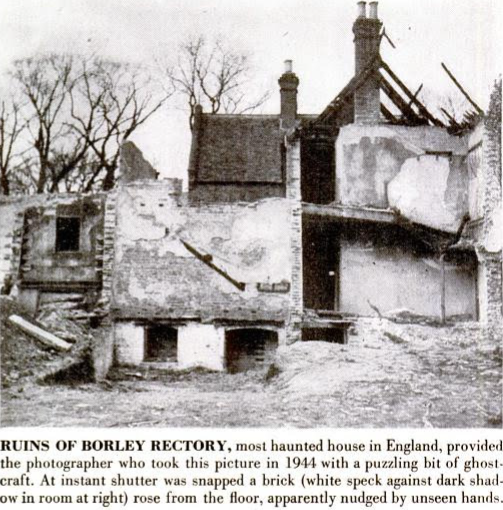
By Noel F. Busch – A Who’s Who of English Ghosts. Life Magazine. 22 September, 1947., Public Domain, https://commons.wikimedia.org/w/index.php?curid=57887251
The Grey Lady of Hampton Court Palace
Visitors and staff at this historical palace near London have reported ghostly sightings, including the infamous ‘Grey Lady’, thought to be the spirit of Dame Sybil Penn, a servant to the Tudor royals. In 1829, after her tomb was disturbed by builders, stories of her ghost increased, supported by multiple independent accounts. Security cameras in modern times have reportedly picked up unexplained images, though debates about their authenticity persist.
Enfield Poltergeist Case
This case became famous in the late 1970s in North London, when a family reported knocks, moving furniture, and strange voices. The incident was investigated by the Society for Psychical Research. Some researchers found evidence for trickery, while others believed something unexplained was happening. This case still draws debate between believers and sceptics alike, and was the basis for films and documentaries.
Loftus Hall, Ireland
This well-known mansion along the Irish coast is said to be haunted by the ghost of a young woman. Visitors report cold spots, sudden chills, and shadowy figures. The hall has opened its doors for paranormal investigations, strengthening its reputation in local folklore.
The Amityville Horror, New York
Perhaps the most infamous American haunting, the Amityville case began in 1974 when the Lutz family moved into a house where Ronald DeFeo Jr. had murdered six family members. Within weeks, the Lutzes fled, claiming to have experienced terrifying supernatural phenomena, including cold spots, green slime oozing from walls, and levitating objects. The case was investigated by paranormal researchers Ed and Lorraine Warren and later inspired books and films. While many aspects of the story have been questioned, it remains a cultural touchstone for American hauntings.

By Naxalovka123 – Own work, CC BY-SA 4.0, https://commons.wikimedia.org/w/index.php?curid=48951779
The Winchester Mystery House – California
This sprawling mansion in San Jose was built by Sarah Winchester, the widow of the inventor of the Winchester rifle. Legend says she continuously built the house to appease the spirits of those killed by the rifles. The home is famous for staircases that lead to nowhere, doors that open into walls, and constant construction for nearly four decades. Visitors and staff report ghostly apparitions, unexplained noises, and eerie feelings throughout the house.
The Bell Witch – Tennessee
This 19th-century haunting in Adams, Tennessee, is one of the most well-documented early American ghost stories. The Bell family claimed they were tormented by a spirit that spoke, slapped, and even poisoned the family patriarch, John Bell. The entity became so well-known that even Andrew Jackson reportedly visited the site. Some historians suggest it was a case of mass hysteria or exaggeration, but many still consider it a genuine paranormal phenomenon.
The Myrtles Plantation – Louisiana
Often referred to as “one of America’s most haunted homes”, the Myrtles Plantation is said to be the site of at least 10 murders, though records suggest only one may have occurred. The most famous ghost is that of Chloe, a former enslaved woman who was reportedly hanged after poisoning members of the household. Visitors report apparitions in mirrors, strange photographs, and mysterious handprints appearing on glass surfaces.
Common signs people associate with ghosts and spirits
I have always been fascinated by ghost stories since I was a little girl, althought they used to scare me then. As I grew older, I became more curious than scared and began to hear all the stories which seemed much more positive encounters rather than those intended to scare us.
I often hear people connect certain experiences with the presence of ghosts or spirits, and these aren’t always dramatic, ‘Hollywood-style’ sightings. Many signs are subtle, such as unexplained cold spots, objects moving without reason, or the sudden scent of a loved one’s perfume. I have had experiences like this which have usually brought me comfort to think that a deceased love one maybe still with me. Others report hearing their names called out, feeling touched when no one is there, or seeing shadows at the edge of their vision.
In some families, stories are passed down of visits by ancestors appearing in dreams to warn or comfort them. Other accounts focus on recurring themes, like clocks stopping at the moment a person dies, animals behaving oddly, or technology malfunctioning without a clear reason. These shared stories can strengthen the belief that ghosts and spirits try to make contact in gentle, personal ways. Interestingly, some researchers have looked for patterns in these signs, finding that reports often follow strong emotional events, like bereavement or anniversaries of important dates.
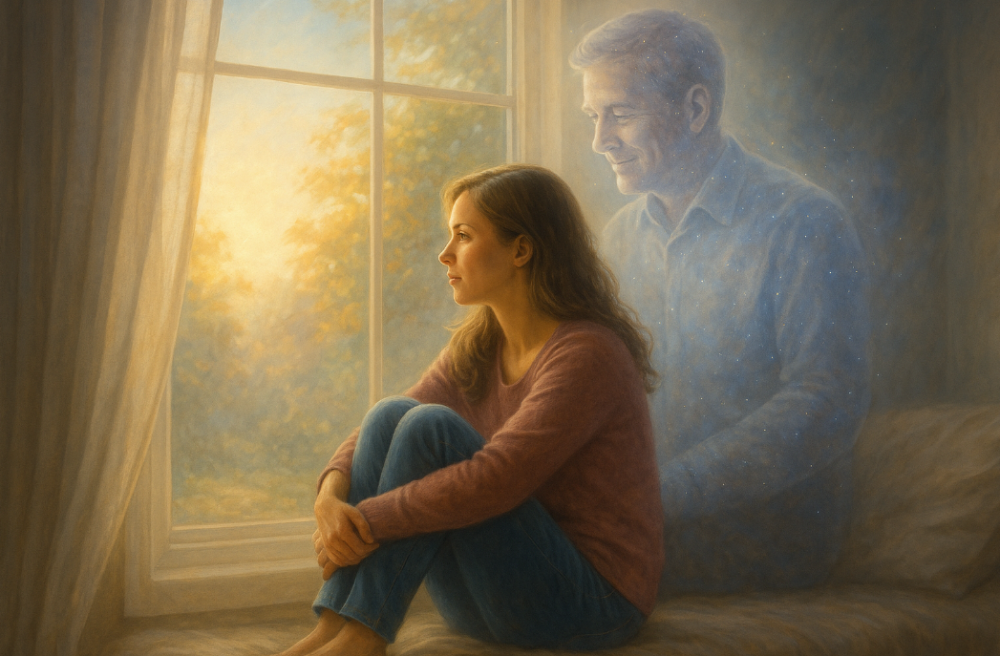
Points to consider if you are interested in ghost beliefs
Anyone with an interest in the paranormal usually wants to know what’s real and what might have another explanation. Here’s what I find helpful when considering stories about ghosts and spirits:
- Keep a balanced perspective: Some experiences have clear causes, while others remain unexplained. Being open yet critical allows you to appreciate stories but also look for practical reasons which may explain a lot, but not everything
- Personal feelings and culture matter: Different cultures have unique views on ghosts and the afterlife. What seems normal or comforting in one place may feel unsettling elsewhere. For example, in Japan, festivals like Obon welcome ancestral spirits home for a visit, while in the UK, ghost stories often focus on unresolved history and Halloween is considered a scary time. In African and Caribbean cultures, the line between the physical and spiritual worlds is often considered thin, and ancestors are regularly honored as protectors and celebrated on the Day of the Dead
- Looking for patterns: Writing down any experiences, times, and other details can help spot repeating themes or triggers. Sometimes it helps to see whether there are emotional connections, such as times of change or after a bereavement. Keeping a journal or diary of events can shine a light on correlations with environmental factors or personal milestones
- Safety and respect: When exploring sites linked to ghosts or using tools like spirit boards, keeping safety in mind is super important. Respect for places, belongings, and other people (whether alive or dead) is strongly valued by most experienced paranormal researchers. Never trespass, and always get permission before visiting reputedly haunted sites. It’s better to do your research and make sure you take someone along who knows what they are doing and how to protect everyone spiritually
Typical triggers that might explain some experiences
It’s common for people to have strange experiences when they are tired, grieving, or under stress. Environmental factors, such as flickering lights, drafts, and unfamiliar noises, often play a part too. Knowing what might cause a sensation or sighting by accident can help explain some reports. Even the feeling of being watched is shown by psychologists to sometimes be linked to the brain reacting to certain visual cues in low light. Sleep deprivation and consumption of certain medications have also been linked to hallucinations or odd sensations that can be mistaken for paranormal activity. Urban legends often grow out of these mysterious or emotionally-charged moments. Think about how you feel in your own house when everyone is there, and then how you feel when you are left alone late at night.
When it might be something more
Every so often, people encounter things that can’t be easily written off as dreams or tricks of the mind. These are the experiences that stick with us, especially if multiple people witness the same event at the same time. For instance, visitors at Edinburgh’s Mary King’s Close have all reported seeing the spirit of a young girl in similar circumstances, leading researchers to wonder if some locations really do have strong energy or memories attached to them. In some cases, families living in the same house tell consistent stories over different generations, adding to the belief that some hauntings are more than chance.
Personal reflections and the continuing debate
My own experiences with reports of ghosts and spirits have always made me think about the boundaries between what we know, what we believe, and what might still lie unexplained. Hearing stories from friends who feel comforted by signs after a loss adds a human layer to the topic. I felt this myself after the death of my father, when, on the eve of his funeral, I sensed he came back to tell me he was fine and to “go to bed” (it was 4 am by then. )
Even if every sighting can’t be double-checked, these moments remind me that questions about life after death are deeply personal and meaningful. Whether you’re searching for reassurance, fascinated by the unknown, or simply exploring cultural stories, the conversation about ghosts and spirits is not likely to disappear any time soon. The mix of history, emotion, culture, and scientific curiosity ensures that curiosity about the afterlife will remain a lively part of our ongoing adventure, sparking new stories and debates for generations yet to come.
I personally believe that some experiences are easily explained, but others point to the existence of a life beyond death, spirit guides and our soul’s journey.
But everyone has to make up their own mind.
Frequently asked questions about ghosts and spirits
I’m often asked about what to do if you think you’ve seen a ghost or have an experience you can’t explain. Here are some practical answers:
Question: What’s the difference between a ghost and a spirit?
Answer: Many beliefs say a ghost is the soul of someone who hasn’t moved on, usually staying near to where they lived, while a spirit is at peace but can still reach out to loved ones. The distinction can vary, but this rough guideline helps people talk about their unique experiences.
Question: Are there scientific explanations for ghost sightings?
Answer: Some scientists link these experiences to environmental effects like low-frequency sound, electromagnetic fields, or psychological reasons such as expectation, grief, or sleep paralysis. Studies in haunted locations sometimes reveal drafts, old wiring, or erratic noises, all of which can create a spooky feeling. Psychologists also mention how stories about haunted places can prime visitors to notice oddities they might otherwise ignore.
Question: Can spirits communicate with us, and how?
Answer: Many people (including me) believe spirits get in touch through dreams, subtle signs, or messages received by sensitive individuals or mediums. Whether these are genuine connections or the mind’s way of processing loss is still an open question. Across cultures, dream visits are a recurring theme, providing comfort to people after a loved one’s passing and often seen as a way spirits offer advice or reassurance.
Related posts
Amazing common threads in near-death experiences
Children’s memories of past lives – what do they tell us?
Book review of “Proof of Life After Life – 7 reasons to believe there is an afterlife”



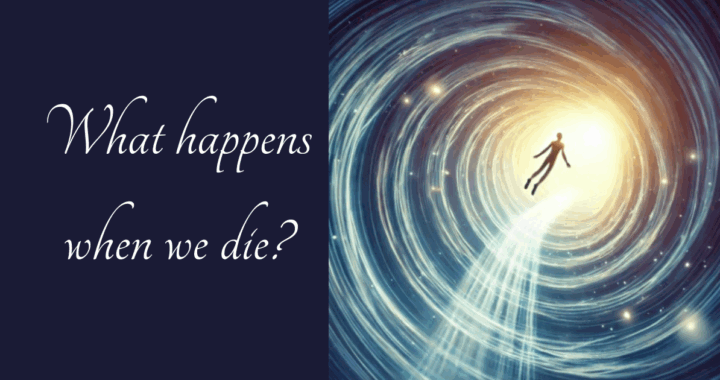
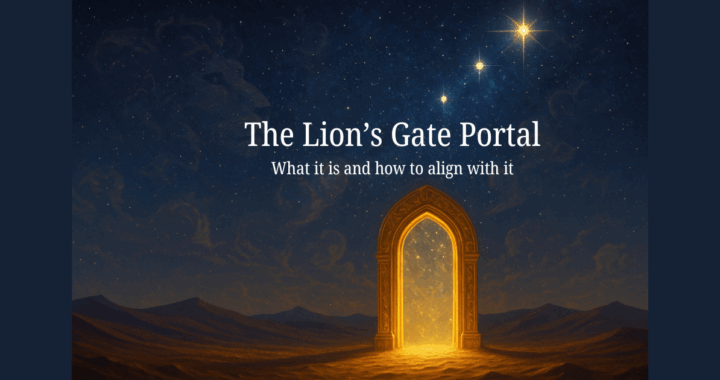
This was a fascinating read! I really enjoyed how you balanced both spiritual beliefs and scientific perspectives without dismissing either side. It’s not often that I come across an article that respects personal experiences while also addressing the need for empirical evidence.
One question I had—do you think cultural background plays a stronger role in shaping belief in spirits than personal experience? I wonder if people raised in more spiritually focused cultures are more likely to interpret unexplained events as paranormal, regardless of what actually happened.
Thanks for sharing such a thought-provoking piece! ~Leahrae
Hi Leahrae. Thanks for your kind comments on my article here and I’m so pleased you like the approach we have taken here. That’s what we always try to do – offer different perspectives on things so that we can all make an appropriate and informed choice about what we think and believe.
Your question is a powerful one, and I think you’ve hit on something important. Cultural background definitely plays a huge role in how we frame and interpret our experiences. In societies where spiritual or ancestral beliefs are woven into daily life, people may be more open to viewing unexplained phenomena through a spiritual lens. It becomes part of the shared narrative – the language we use to make sense of the world.
But personal experience can be just as influential, especially when it shakes up our previous worldview. For example, someone raised in a very rational or sceptical environment might still come to believe in the spirit world after a powerful, personal encounter they can’t explain. There are NDE cases that are just like that.
In a way, it’s often a dance between the two – our cultural ‘starting point’ and the unique path our own experiences take us on. Both shape how we make meaning. And that meaning, I believe, is where the rabout:blank#blockedeal magic happens.
Thank you again for such a thoughtful contribution – I’d love to explore this idea further in a future piece!
The way this piece bridges spiritual experiences with scientific explanations like infrasound gives the conversation needed nuance. I’d never considered how quantum physics theories might overlap with accounts of consciousness surviving death—that connection invites deeper exploration.
The cultural examples of spirit encounters make me wonder: could these shared experiences reveal more about human psychology than about the supernatural itself? The middle ground you propose—valuing the phenomenon regardless of origin—feels like a breakthrough for future research.
Hi there. Thanks for reading my article and your kind comments on it. I’m glad you found the conversation an interesting one and that the science aspect added more depth. All the best with your own research into this area and I’d love to know what you come up with yourself. Gail